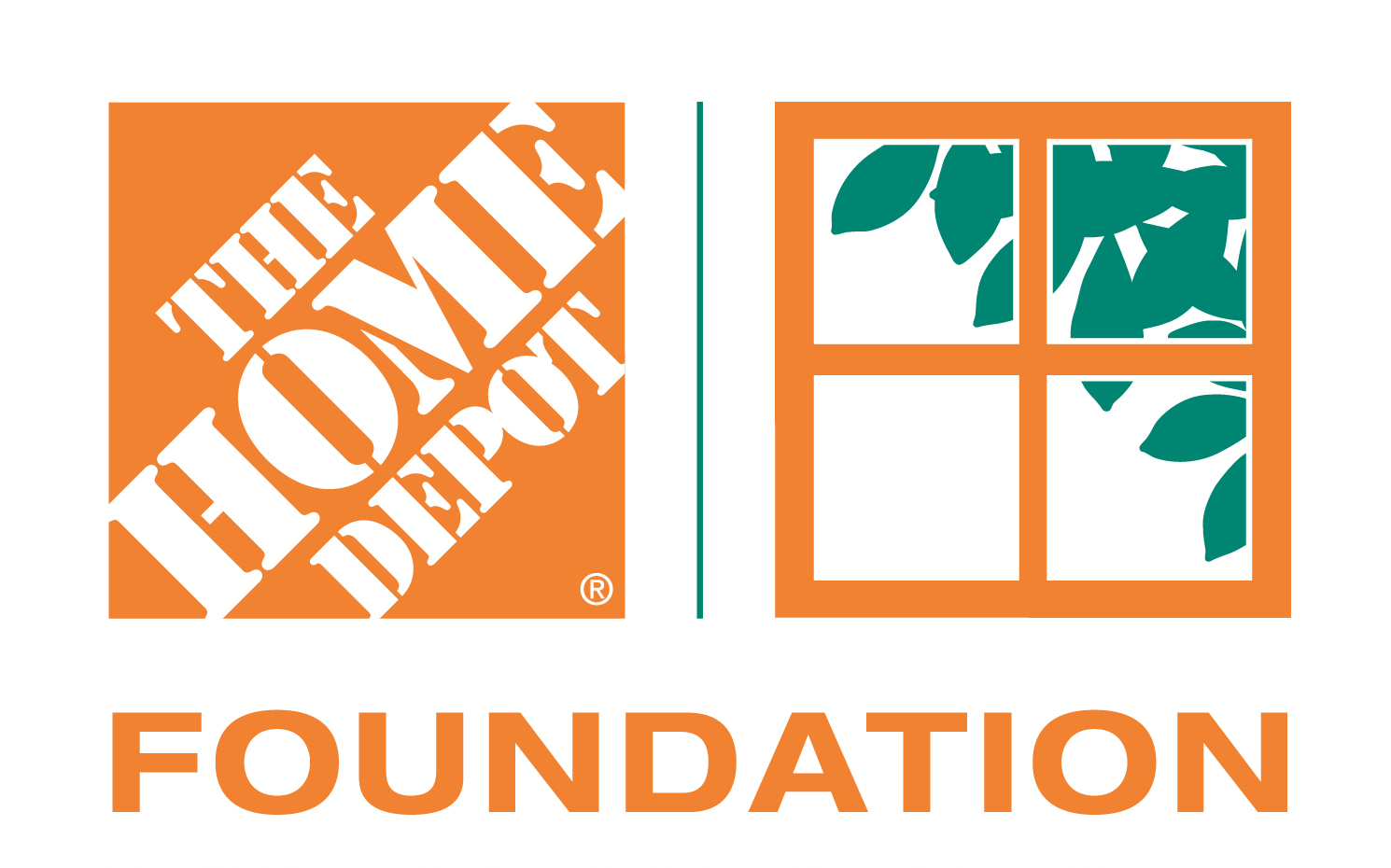CSR at The Home Depot Foundation: Get Dirty. Do Good
The Home Depot Foundation Blog
Kelly Caffarelli, our Foundation President, has been working in the world of Corporate Social Responsibility (CSR) for more than a decade now. Over the years, she’s become a true expert on the steps that contribute to a successful CSR program.
Below is The Home Depot Foundation’s six-step approach to CSR. You’ll see that for us it’s pretty simple: Get Dirty and Do Good.
1.) DO WHAT YOU KNOW
Our business is all about doing. Our associates are some of the most sought after volunteers around, because when they show up at a project, people know that they know how to build, repair, and improve things. It’s in their DNA. So, one of the basic requirements of our associate volunteer program is that our projects leave behind a physical improvement. When we leave, people have to be able to see that we were there.
2.) BE TRUE TO YOUR CULTURE
The Home Depot is a values-based business. Our founders Bernie Marcus and Arthur Blake established our eight values nearly 35 years ago, and we still live by them today. Three of our values relate directly to the work our Foundation does: Giving Back, Doing the Right Thing and Building Strong Relationships.
Bust as we all know, it’s not a list of values that makes you stand out; it’s how you live out those values every day. And these values truly mean something to us. Our associates completed more than 1,000 volunteer projects across the country last year.
3.) KNOW YOUR CONSTITUENTS
The Home Depot’s organization is based on an inverted pyramid. Instead of everything flowing down from top management, everything we do is guided by the needs of our primary constituents: our 300,000 front line associates and our customers. That’s why our associates and customers are at the top of the pyramid and our CEO is at the bottom. We are here to serve them.
We take this to heart at the Foundation, as well. While we provide guiding principles to our stores and our Team Depot captain, they know their towns, so it’s their choice about which community projects to take on locally. Our job is to help them with the resources they need to accomplish what is important to their community.
4.) LISTEN
At The Home Depot, we pride ourselves in truly listening to our associates. Our product donation program, Framing Hope, is one of the best examples of that. It is the result of submissions our associates sent to a program we have to solicit their comments, ideas and complaints – and that requires that they be answered. In this case, our associates told us that we should stop throwing away unsold products and instead, donate them to people in the community who need them.
And the solution of creating a program to provide this merchandise to local nonprofits was a win all the way around: for the Company, the Community, our Suppliers and our Associates – from a financial standpoint and a reputational one. To facilitate this program, we’ve been partnering with Good360 since 2008. Since its implementation, we have donated $150 million in products to 1,600 nonprofits, decreasing their costs to maintain and renovate housing units and keeping tons out of our landfills.
5.) COMMIT
By considering our resources, culture and constituents together, we were able to create a philanthropic focus that is successful primarily because it’s credible and authentic. Our newest initiative and primary focus is to ensure that every veteran has a safe place to call home. It’s a cause we believe in and that we are committed to. We’ve pledged $80 million over five years and have partnered with great nonprofits like Operation Homefront, Volunteers of America and Fisher House Foundation among others.
Similarly, we support our communities before and after natural disasters. It’s something we’ve always done because we have the products needed to prepare and protect homes when a storm is brewing, and to clean up and repair after a storm strikes. We talk a lot about the major hurricanes, tornadoes and floods, but we are working in communities almost every week when a disaster strikes in an area that may not get national attention – it’s what our associates do without being asked.
6.) COMMUNICATE
Communicating internally and externally about CSR efforts is critical to reputation, to employee morale, to government relations and just about anything you can think of. It is important to remember that all of these communications initiatives are also about education. It’s about getting people to care about issues that truly affect our daily lives and can sometimes mean the difference between life and death for some.
If people don’t care about the problems you are working to address, then they aren’t going to care about what you are doing to be part of the solution. Telling a story through traditional media, social media and internal channels that educate, enlighten and lift up individuals and communities as a whole makes a difference for your company at the same time. Healthy communities = healthy business.



